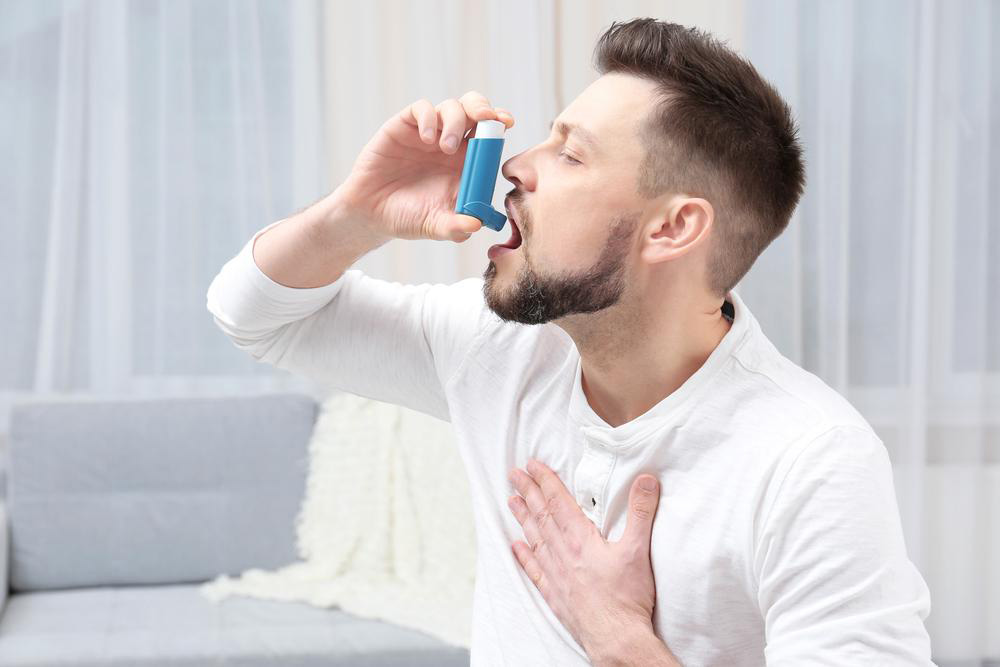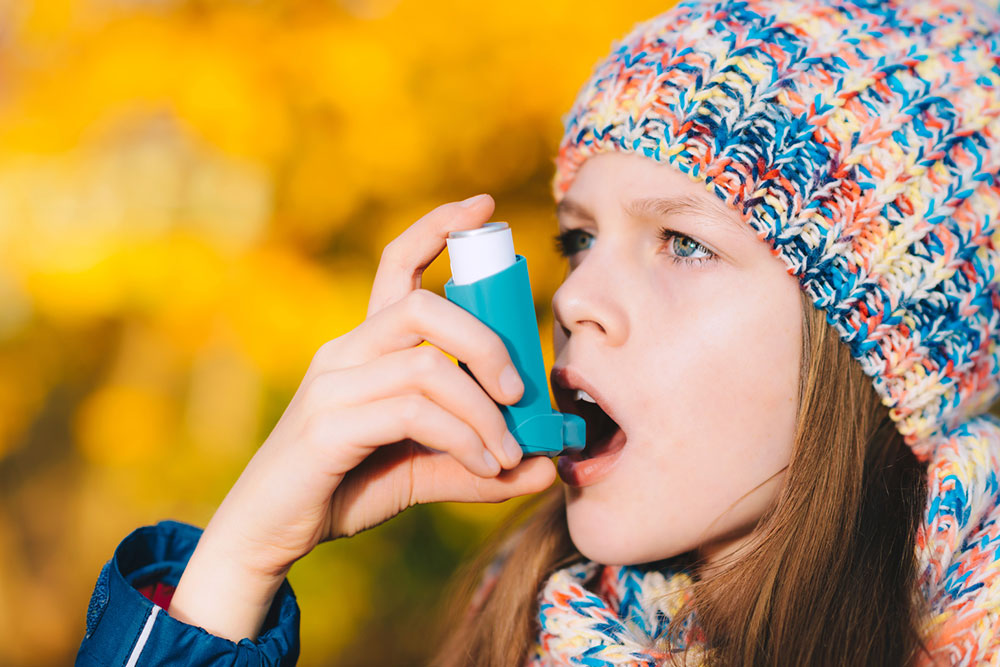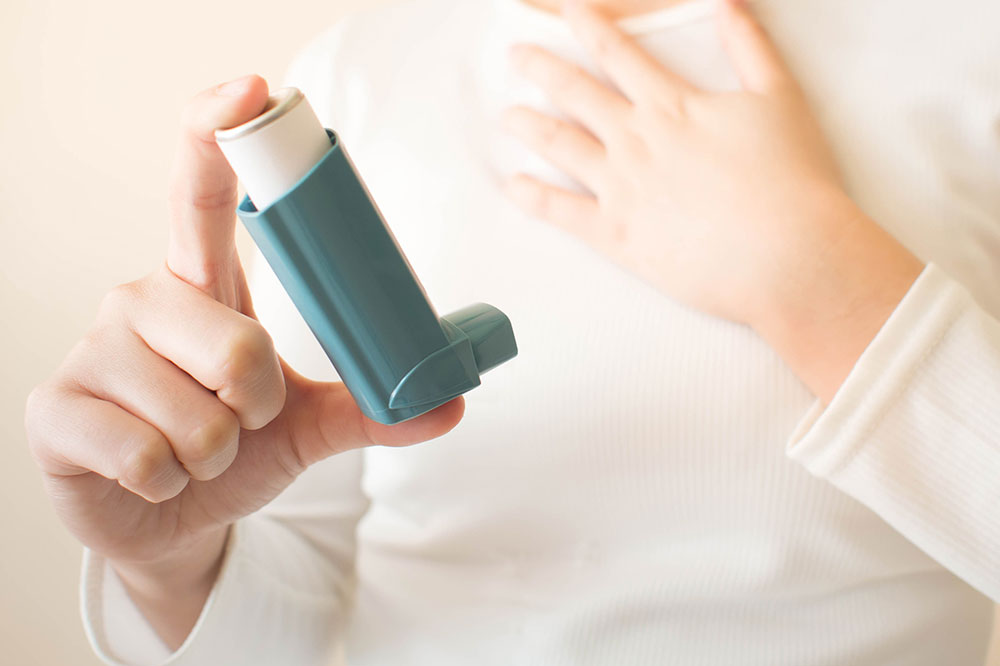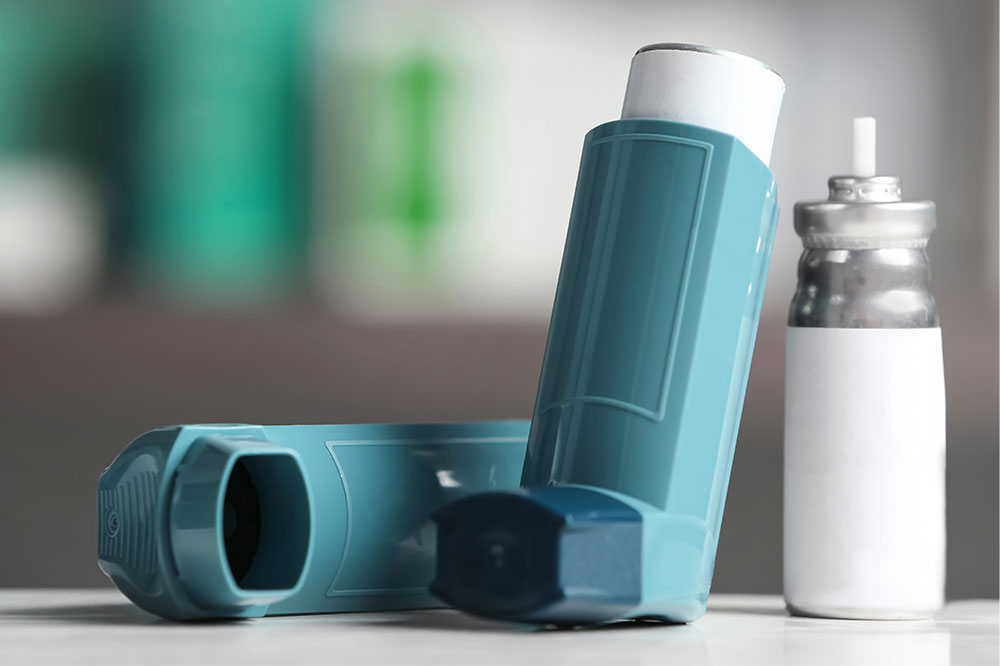Top Strategies for Managing and Preventing Asthma Flare-Ups
Learn effective strategies for managing asthma and preventing flare-ups. This comprehensive guide covers inhalers, nebulizers, medications, and lifestyle tips to help control symptoms and improve quality of life. Seek professional advice for personalized treatment plans.

Top Strategies for Managing and Preventing Asthma Flare-Ups
Asthma manifests in two primary forms: allergic and non-allergic. Allergic asthma occurs when allergens trigger symptoms, whereas non-allergic asthma is provoked by factors like stress, emotional responses, illness, or weather extremes. Genetics also play a role in susceptibility. Although asthma isn’t curable, proper treatment and preventive practices can significantly reduce attack frequency and severity. Recognizing early signs—such as persistent coughing, wheezing, chest tightness, and breathing difficulties—is vital for prompt intervention. While therapies focus on symptom control, adopting specific strategies enables individuals to lead active lives despite the condition.
Asthma triggers are often linked to genetic factors or environmental exposures. Prior to a full-blown attack, symptoms such as cough, wheezing, chest constriction, and breathing difficulty may appear. Early medical consultation is recommended when symptoms are observed. While there is no permanent cure, several treatment options can help mitigate attacks and improve quality of life. These include inhalers, nebulizers, medications like steroids, anti-inflammatory drugs, bronchodilators, immunomodulators, and corticosteroids. Consulting healthcare providers ensures personalized management plans tailored to individual needs.
The following are prominent methods for controlling asthma:
Inhalers
Inhalers provide quick delivery of medication directly to the lungs. Types include metered-dose inhalers (MDI) and dry powder inhalers (DPI). Some inhalers carry a single drug, while others combine medications to maximize effectiveness.
Nebulizers
Nebulizers convert liquid medicine into vapors, making inhalation easier, especially for children and seniors. They include a mask or mouthpiece for comfortable use.
Anti-inflammatory Medications
Inhaled steroids and anti-inflammatory drugs reduce airway inflammation and mucus buildup, preventing attacks and lowering trigger sensitivity.
Bronchodilators
Rescue inhalers, or bronchodilators, relax airway muscles to ease breathing during an attack. They are vital for immediate relief but should not be used daily without medical advice.
Immunomodulators
In cases where immune responses worsen asthma, immunomodulators administered via injections can help manage allergic reactions and inflammation.
Oral Corticosteroids
Used when inhalation therapies are inadequate, oral corticosteroids come in pill or liquid form for long-term control, especially in severe cases.
Beta-agonists
Often combined with inhaled steroids, beta-agonists relax airway muscles to facilitate breathing. Short and long-acting versions are available for quick relief or ongoing management.
Note:
Our blog offers diverse insights and practical advice across health topics. While we rely on thorough research, readers should consult healthcare professionals for personalized care and not view articles as definitive solutions. We do not endorse specific schemes or offers and recommend seeking tailored medical guidance for optimal asthma management.










